PROTECT YOUR DNA WITH QUANTUM TECHNOLOGY
Orgo-Life the new way to the future Advertising by AdpathwayCanyon just dropped the new Grizl Escape ECLIPS, and it’s a full-on love letter to bikepacking. Packed with thoughtful details—right down to a gummy bear graphic on the seat tube—it’s clear they didn’t just design this bike for adventure; they designed it for us. Find our full review here…
First and foremost, thanks so much for watching the channel and reading the site. The new Canyon Grizl Escape ECLIPS is a bike many folks will be reviewing, and it’s pretty cool that we all get this opportunity. Each of us brings slightly different views, angles, and opinions—and that’s the beauty of creators, media, and the bike industry as a whole. Some of you might not love this bike, and some of you might, but there’s no denying the excitement it brings when it comes to bikepacking value. So thanks for being here, and if you enjoy my videos, please consider subscribing—it truly helps.
With that out of the way, let’s get on with my full Canyon Grizl Escape ECLIPS review, which you can watch below before scrolling down to find a written version with photos, specs, and details about this bike.
Canyon is a relatively young company, founded in 2002 in Koblenz (that’s “Koh-Blenz”), Germany, evolving from a bike parts business started by Roman Arnold in the 1980s. The brand built its reputation across Europe by offering performance bikes through a direct-to-consumer model. It’s a point of contention for some, but one that’s helped keep their prices competitive. After gaining traction in WorldTour road racing, World Cup mountain biking, and Ironman triathlon, Canyon made a name for itself and eventually launched in the United States in August 2017, bringing its full lineup of road, mountain, gravel, and urban bikes to riders in all 50 states.
Multiple flavors of the new Canoyon Grizl Escape, including the decked-out ECLIPS
The Grizl launched in 2021 as Canyon’s second gravel bike, following the Grail’s debut in 2018. While the Grail was designed as a race-ready gravel rig, the Grizl was pitched as their “interpretation of a do-anything, go-anywhere, all-you-might-ever-need gravel bike.” That’s their language, and to put it simply, Canyon built on that ethos and leaned in even harder with this latest generation of the Grizl. Here’s a snapshot of what’s changed:
- Boosted 54mm Clearance: Opening options for up to 2.1” MTB rubber for the road, track, or goat path.
- Mounts. Storage. Volume.: Run a front rack, rear rack, stash spares in the LOAD Down Tube Storage, run two big bottles and a pack in the large frame triangle. Have all the options.
- Semi-Integrated Routing: Easy attachment for front rolls and no cable rub to ruin your frame. Triple-sealed stainless steel headset bearings for maximum durability.
- All-New Geo: More relaxed fit for the long haul. More control for carving descents and riding fully loaded.
- Standard Standards: External seatpost clamp with 27.2mm post, 1 1/8” Fork shaft.
- Grizlin’ For All: 7 sizes, 2XS to 2XL covering riders from 160 to 200+ cm. All Grizls now roll smooth on 700c wheels.
- Full Mounty: Out-of-this-world new cockpit concept on our Escape line.
- ECLIPS: Self-sufficient power supply innovation on select models.
Canyon Grizl Escape Sizing
The new Grizl comes in two versions: the original (OG) and the Grizl Escape. The main difference is that the OG features a more traditional handlebar and standard gravel gearing, while the Escape is spec’d with a mullet drivetrain and Canyon’s new Full Mounty bar (yes, Full Mounty—as in mounting things all over your bar, a fun play on words). More on that bar in a minute. I tested the CF 8 Escape ECLIPS version, and I’ll explain the name below.
| SEAT TUBE LENGTH | 432 | 462 | 492 | 522 | 552 | 582 | 612 |
| TOP TUBE LENGTH | 532 | 545 | 559 | 581 | 603 | 618 | 643 |
| HEAD TUBE LENGTH | 120 | 126 | 141 | 158 | 183 | 203 | 226 |
| HEAD TUBE ANGLE (°) | 68.75 | 69.5 | 70.5 | 71.0 | 71.0 | 71.0 | 71.0 |
| SEAT TUBE ANGLE (°) | 73.5 | 73.5 | 73.5 | 73.5 | 73.5 | 73.5 | 73.5 |
| CHAINSTAY LENGTH | 440 | 440 | 440 | 440 | 440 | 440 | 440 |
| WHEELBASE | 1047 | 1054 | 1059 | 1076 | 1100 | 1115 | 1142 |
| STACK | 550 | 559 | 578 | 596 | 619 | 638 | 660 |
| REACH | 369 | 380 | 388 | 404 | 420 | 429 | 448 |
| STR | 1.49 | 1.47 | 1.49 | 1.48 | 1.47 | 1.49 | 1.47 |
| SPACERS | 25 | 25 | 25 | 25 | 25 | 25 | 25 |
| STEM | 50 | 50 | 60 | 60 | 60 | 70 | 70 |
| HANDLEBAR WIDTH | 420 | 420 | 420 | 440 | 440 | 440 | 440 |
| CRANK ARM LENGTH | 170 | 170 | 170 | 172.5 | 172.5 | 175 | 175 |
| SEATPOST LENGTH | 330 | 330 | 330 | 330 | 330 | 330 | 330 |
| WHEEL SIZE | 700c | 700c | 700c | 700c | 700c | 700c | 700c |
Canyon continues to offer a wide range of sizes—seven in total, from 2XS to 2XL. If you haven’t watched my videos before to know, I’m usually a medium or sometimes a large. For reference, I’m 5’9.5″ (176.5 cm) with a 32” inseam and a +2 ape index. I opted for a medium, despite Canyon’s size chart recommending a small. The bike comes with a 404mm reach (2mm longer than the previous version) and a stack just under 600mm. For reference, my typical reach range for this style of bike is about 385–405mm, so I could’ve gone either way.
I picked the bike up in Boulder during a quick media trip, and when I mentioned to the Canyon team that I needed to tweak the setup—the hoods were tilted down and not level—it sparked a conversation about how we Americans tend to prefer a more upright fit. We had a good laugh about it, but honestly, I think it reflects a broader difference in Canyon’s overall design philosophy. That said, with this new Grizl, they actually pulled back slightly on that upright trend. This version gains a bit of stack over the previous model; it’s now at 596mm, which is a 17mm increase. Still, that’s nowhere near the 616mm stack on the Kona Ouroboros I tested last year. I prefer a lower stack than most riders, as I find it provides a better feel between the rubber and the ground.
Canyon also includes “effective” stack and reach numbers, which I like to call “real reach.” Instead of just measuring to the head tube, it factors in your actual hand position—obviously bar-dependent, but still super helpful. I wish more brands did this. While it doesn’t help much for cross-brand comparisons, it gives you a better sense of how the bike fits in practice.
One final note: the standover height remains quite tall, just like the previous Grizl, and this version adds 10mm more. Canyon did this to maximize frame space, but I still had good clearance while standing over the bike. Overall, the fit worked well for me—still performance-oriented, but slightly more upright than the original. Had I gone with the small, it would’ve been noticeably more upright, so keep in mind that Canyon’s sizing runs a bit differently than many other brands.
Geo and Specs
To understand the geometry, let’s overlay the older Grizl with this updated version. As you can see, Canyon made some pretty progressive geo changes. Most notably, they slackened the head tube angle to 71 degrees and paired it with a 56mm fork rake. The wheelbase is now 39mm longer than the previous version, with most of that added up front; the front center alone grew by 34mm, now totaling 636mm. Canyon also extended the chainstays by 5mm (from 435 to 440mm), partly to increase tire clearance. You’ll also notice the driveside chainstay is now slightly elevated.
Canyon is really leaning into press-fit bottom brackets, which they say gives them more flexibility around the yoke area to squeeze out even more tire clearance—up to 54mm. I used to be hesitant about press-fit BBs, but after my experience with the Spearfish and now this bike—and knowing how much the tech has improved with carbon molding—I’m not as worried. Plus, I haven’t had any creaking issues on either bike. And if you do, you can always use a threaded press-fit BB, which helps cut down on noise and doesn’t require special tools for removal. Maybe that’s a topic for a future video.
Looking closer at tire clearance, Canyon stuck with standard 142mm rear and 100mm front axle spacing. The claimed 54mm tire clearance is pretty conservative—they say there’s still plenty of mud room, too. For reference, ISO standards require at least 4mm of clearance on each side, and Canyon says they’ve exceeded that. I installed some of the new 52mm Nano tires, and there was still room to spare.
With 52mm WTB Nano tires
Another welcome update: the fork now uses a 1-1/8” steerer instead of the old 1-1/4”, which makes sense given the growing popularity of gravel suspension forks. The Grizl Escape is now compatible with options like the new Canyon/DT Swiss collab fork, which comes specced on some higher-end Escape and OG builds (though not on my test bike).
Finally, you get flat-mount brakes, a 27.2mm seatpost, and internal headset cable routing. I knew the day would come when I’d test a bike with no visible cables up front. The industry is trending that way. It looks super clean and makes packing bags a breeze, but all I could think about was how much of a pain it might be to service. I haven’t had to dig into that yet, so I’ll hold off on judging—but I know some folks won’t be thrilled about it.
Bikepacking Features
Moving on, let’s discuss the bikepacking features, because Canyon really went all in here. The frame itself is loaded with mounts: triple pack mounts on each side of the fork, fender mounts, multiple bosses inside the main triangle, two bolts on the top tube for a direct-mount bag, rack mounts at the rear, and integrated dynamo cable routing. That all might sound fairly standard these days, but Canyon pushed it further with their Full Mounty handlebar, Fidlock-attached frame bag, and the new ECLIPS dynamo lighting system.
Full Mounty Bar
How about that bar? The Full Mounty lives up to its name. It’s a wild setup with an integrated stem (about 60mm, I believe) and a 440mm overall width, which varies slightly depending on frame size. It features a 114mm drop with a 16° flare, offering loads of hand positions. You can get low and aero in the drops, ride the sides for a change of pace, or even mount Canyon’s aero bars on top to open up yet another position.
But the standout feature is how multifunctional the bar is. The front crossbar (31.8mm diameter) houses the dynamo light, with wiring neatly routed underneath a hidden panel. That same panel conceals integrated mounts for a three-pack-style cage, which doubles as a cradle for a dry bag. There’s even a small accessory bag that fits into the large central cutout, what I like to call the “pineapple hole,” along with a GPS mount on top.
It’s a pretty slick setup. It’s not totally unique—the Kitchen Sink bar, launched in 2022, introduced similar ideas, so whether Canyon took inspiration from that is anyone’s guess. But the Full Mounty makes especially good use of space thanks to the integrated stem, which pushes the entire central cavity outward. One major drawback, though, is the lack of adjustability—not just in stem length or angle but also in compatibility with standard handlebar bags that clamp to 31.8 or 35mm round bars.
ECLIPS System
Canyon named their new dynamo system ECLIPS, short for Endless Charge & Lighting Integrated Power System. The ECLIPS build is the only Grizl model that comes with this fully integrated dynamo system. ECLIPS includes a Lupine Nano SL headlight with three brightness settings, a Lupine C14 taillight integrated into the seatpost, a Lupine Smartcore Fastclick 3500mAh battery, Canyon’s own BlackBox Battery Management System, and a SON 29 dynamo hub.
This newer SON hub transmits power through the fork dropouts—eliminating the need for external wiring—making for an incredibly clean setup. It functions like any other dynamo (generating power as the wheel spins), but the SON 29S model used here has more magnets and is said to produce more power with less drag, though I haven’t seen any hard data. Canyon claims it can generate a 12 percent battery charge per hour at 20 kilometers per hour.
There’s also a companion app that integrates with the ECLIPS system, allowing riders to check battery levels, control lights, and update firmware. Customers get access via a unique QR code and passkey sticker included on the bike—a nice tech-forward touch.
Overall, I’m really impressed. The lights are super bright, and there’s a plug at the head tube for charging the internal battery or topping up devices like a GPS or phone. All of the wiring and components are hidden inside the frame’s internal storage box—space that’s usually just used for tools on other builds—making this one of the cleanest, most polished dynamo setups I’ve tested.
Frame Bag
The included Load frame bag is a solid addition. At 2.7 liters, it’s not huge, but it’s shaped specifically for the Grizl frame, aside from a small cutout at the rear that allows it to fit smaller sizes too. What sets this bag apart is the Fidlock mounting system. Instead of Velcro straps or bolts, three Fidlock magnets secure it directly to the frame. To remove it, you simply pull a little loop, and all three attachment points release. It’s fast, intuitive, and tidy.
The bag has daisy chains underneath, two zippered mesh pockets on the drive side, and a main compartment divided by mesh. Unlike previous Canyon/Apidura collaborations, this bag is entirely Canyon-engineered. I appreciate that it’s labeled as water-resistant—a more honest take than most brands that toss a water-resistant zipper on and call it waterproof. My only gripe is the zipper itself, which feels a bit light-duty and may not last forever. Otherwise, it’s a well-executed, welded bag that fits snugly and doesn’t stick out too far.
Racks
Canyon also developed a new front and rear rack system specifically for this bike, available as add-ons. They’re a nice match and install seamlessly using built-in mounting points. The rear rack integrates cleanly, mounting to the inside of the seat stays and connecting at the top via a bridge piece. It’s compatible with Ortlieb’s QuickRack 3.1 via dedicated mounts and includes angled three-pack mounts on each side. However, there are no standard threaded mounts near the dropouts, so fitting a third-party rack could be a challenge, though workarounds may exist, such as aftermarket inserts.
The front rack is just as clever. While it doesn’t have adjustable struts, it bolts directly to the middle set of the fork’s three-pack mounts, along with an attachment point at the crown. It reminds me a bit of the Allygn Diamond Rack out of Germany. Canyon’s version isn’t adjustable but works well with the fork’s triple mounts, and you can still use the side bosses for bottles or extra cargo, making it a smart setup for gear-heavy rides.
How it Rides
I never rode the older Grizl, but if you were to hop from that one to this updated version, you’d notice a more relaxed yet still confidence-inspiring ride. I put a lot of miles on this thing over the past few weeks, and one thing is clear: it’s not your typical race bike. That’s not to say it’s slow, but if you overlay the Grizl and the Grail, the differences are obvious. And after jumping straight off the Santa Cruz Stigmata and onto this, the contrast was night and day. It just goes to show that not all carbon drop-bar bikes have to be race-oriented. I had a similar realization with the Ouroboros, though the two bikes are still different enough that it’s hard to compare them directly.
The extra length of the Grizl helps take the edge off rough stuff on climbs, but when you hammer down on the cranks, it’s not quite as efficient as some other gravel bikes I’ve ridden. The Grizl sits in that interesting middle ground between a drop-bar mountain bike and a gravel bike, particularly with its big tire clearance and overall versatility. I’ve ridden faster gravel bikes, but I wouldn’t count the Grizl out for ultra-distance riding. Still, it’s just not the speedster I originally expected it to be.
What truly sets this bike apart is how stable and inspiring it feels on descents and singletrack. It handles fast, rocky downhills with ease, but also feels grounded and well-balanced when weaving through tight trail sections. I had a blast riding it on both dirt roads and singletrack—it really shows off its range. And if you throw on some beefier tires, you can transform it pretty dramatically.
When I loaded it up (which is easy, thanks to all the mounts and storage options), it felt even more planted. Though, to be fair, most bikes do. That said, the extra weight seemed to add a bit of compliance and comfort. I’m not a particularly heavy rider, but I did find the frame to be on the stiffer side. Fortunately, that stiffness doesn’t translate to a harsh ride, thanks to the carbon’s natural damping. Still, when riding unloaded through chunky terrain, you might notice it a bit more.
Build Kit
There’s not much else to cover with the build, but it’s worth noting that Canyon went with a mullet drivetrain on the Escape builds. It makes sense—these bikes are meant to wander off the beaten gravel, and the gearing suits that purpose better with a wide range. You also get flat-mount GRX brake calipers and 600-series GRX levers, which are solid performers and feel great for long days in the saddle. Luckily, with the Full Mounty bar, you have plenty of alternate positions to rest your hands. Here’s a breakdown of all the Grizl builds with pricing.
| FRAME | R126 Grizl CF | R126 Grizl CF | R126 Grizl CF | R126 Grizl CF | R126 Grizl CF | R126 Grizl CF | R126 Grizl CF | R126 Grizl CF |
| FORK | FK0143-01 | FK0143-01 | FK0143-01 | DT Swiss F132 One | FK0143-01 | FK0143-01 | DT Swiss F132 One | FK0143-01 |
| GROUPSET | SRAM Apex | Shimano GRX 820 | Shimano GRX 820 | SRAM Rival AXS | Shimano GRX 820 | Shimano GRX Di2 | SRAM Force AXS/XO T-type | SRAM RED AXS |
| GEARING | 40 / 11-44 | 40 / 10-45 | 40 / 10-51 | 40 / 10-46 | 40 / 11-51 | 40 / 9-45 | 40 / 10-52 | 40 / 10-46 |
| WHEELSET | DT Swiss Gravel LN | DT Swiss Gravel LN | DT Swiss Gravel LN | DT Swiss Gravel LN | DT Swiss GR1600 – SON 29 S Dynamo | CANYON GR 30 CF | CANYON GR 30 CF | DT Swiss GRC 1400 – SON 29 S Dynamo |
| TIRE | Schwalbe G-One RX 45 mm | Schwalbe G-One RX 45 mm | Schwalbe G-One Overland 45 mm | Schwalbe G-One RX 45 mm | Schwalbe G-One Overland 45 mm | Schwalbe G-One RX 45 mm | Schwalbe G-One Overland 45 mm | Schwalbe G-One RX PRO 45 mm |
| COCKPIT | Canyon HB067-01 | Canyon HB067-01 | Canyon CP0050 Full Mounty | Canyon HB067-01 | Canyon CP0050 Full Mounty | Canyon HB067-01 | Canyon CP0050 Full Mounty | Canyon HB067-01 |
| STEM | Canyon STO046 | Canyon STO046 | Canyon STO046 | Canyon STO046 | Canyon STO046 | Canyon STO046 | Canyon STO046 | Canyon STO046 |
| SEATPOST | Canyon SP0057 VCLS | Canyon S15 VCLS 2.0 | Canyon S15 VCLS 2.0 | Canyon S15 VCLS 2.0 | Canyon S15 VCLS 2.0 | Canyon S15 VCLS 2.0 | Canyon S15 VCLS 2.0 | Canyon S15 VCLS 2.0 |
| SADDLE | Selle Royal SRX | Selle Royal SRX | Selle Royal SRX | Fizik Terra Argo X5 | Fizik Terra Argo X5 | Fizik Terra Argo X5 | Fizik Terra Argo X1 | Fizik Terra Argo X1 |
| SIZES | 2XS, XS, S, M, L, XL, 2XL | 2XS, XS, S, M, L, XL, 2XL | 2XS, XS, S, M, L, XL, 2XL | 2XS, XS, S, M, L, XL, 2XL | 2XS, XS, S, M, L, XL, 2XL | 2XS, XS, S, M, L, XL, 2XL | 2XS, XS, S, M, L, XL, 2XL | 2XS, XS, S, M, L, XL, 2XL |
| WEIGHT | 9.98 kg | 10.04 kg | 9.94 kg | 10.5 kg | 10.0 kg | 9.16 kg | 9.84 kg | 8.84 kg |
| PRICE | 2.399 € | 2.699 € | 2.999 € | 3.499 € | 4.299 € | 4.999 € | 6.999 € | 7.999 € |
| COLORS | P01 Pineapple Gummy P02 Lavender Gelato |
P01 Pineapple Gummy P02 Lavender Gelato |
P01 Pineapple Gummy P03 Birch Wafer |
P01 Pineapple Gummy P02 Lavender Gelato |
P01 Pineapple Gummy P03 Birch Wafer |
P01 Pineapple Gummy P02 Lavender Gelato |
P03 Birch Wafer P04 Forest Fizz |
P04 Forest Fizz P02 Lavender Gelato |
The bike ships with 45mm tires, but the Escape build should come with 50mm+ tires. Even the Canyon team told me to swap them out, so I threw on the new 52mm WTB Nano tires right away. They’re super fast, confidence-inspiring on mixed terrain, and give the bike a noticeable boost in capability and comfort. Finally, it comes with Canyon’s S15 VCLS 2.0 CF seatpost, which is genuinely comfortable. There’s a noticeable amount of give, but it never feels like it compromises pedaling efficiency.
Due to increased tariffs, Canyon is only bringing a limited selection of its new Grizl Escape models to the U.S., but several key builds are available now. The Grizl CF 6 with a mechanical SRAM Apex drivetrain comes in at $2,799, and the GRX 820-equipped Grizl CF 7 Escape is priced at $3,399. For those seeking a fully outfitted setup, the Grizl CF 8 Escape with the integrated ECLIPS cargo system is available for $4,699. Canyon is also offering the ECLIPS accessories separately, including the front rack for $49.95, long top tube bag for $79.95, food pouch for $39.95, Cockpit Bag for $59.95, and the size-specific Fidlock Midloader frame bag for $144.95.
Pros
- The most feature-rich bikepacking rig I’ve tested
- ECLIPS system is pretty slick
- Fidlock frame bag is very well designed
- Stable and inspring geometry
- Great value for what you get
- Internal frame storage for the win!
- Loads of bikepacking accessories offered that fit seamlessly
Cons
- Could use more tire clearance
- Stiff ride overall
- Odd bike sizing
- Internal headset routing
- Full Mounty is not adjustable and won’t accommodate most aftermarket bikepacking bags
- Rear rack mounts are not universal
Wrap Up
All told, the Grizl Escape ECLIPS is essentially the bike many bikepackers have built themselves—or had a shop piece together—except now it comes as a complete package, ready to buy and ship straight to your door. It’s an adventure-focused bike, loaded with all the bells and whistles: electronics, real cargo capacity, and geometry that’s efficient enough for long days, weekends, or even weeks in the saddle. It’s a unique take on an adventure machine. Some folks might wish for a bit more tire clearance, but plenty of riders will be more than content with what it offers.
This bike reminds me a lot of the Riverside touring bike I reviewed a few years back—at least in its adventure-ready concept—but the Grizl Escape ECLIPS has a far better bikepacking feature set and geometry. Then there’s the value: at €4,499 ($4,699) USD, it’s arguably the best bang-for-your-buck bike I’ve tested recently. Canyon achieves this through their direct-to-consumer model, which isn’t great for bike shops, but that’s the way Canyon does business. The racks are extra, but the ECLIPS system alone would cost well over $1,200 USD if purchased separately, so I’m impressed by the pricing.
Let me know what you think about Canyon’s latest take on a bikepacking rig in the conversation below!
Further Reading
Make sure to dig into these related articles for more info...
Please keep the conversation civil, constructive, and inclusive, or your comment will be removed.


 2 weeks ago
8
2 weeks ago
8
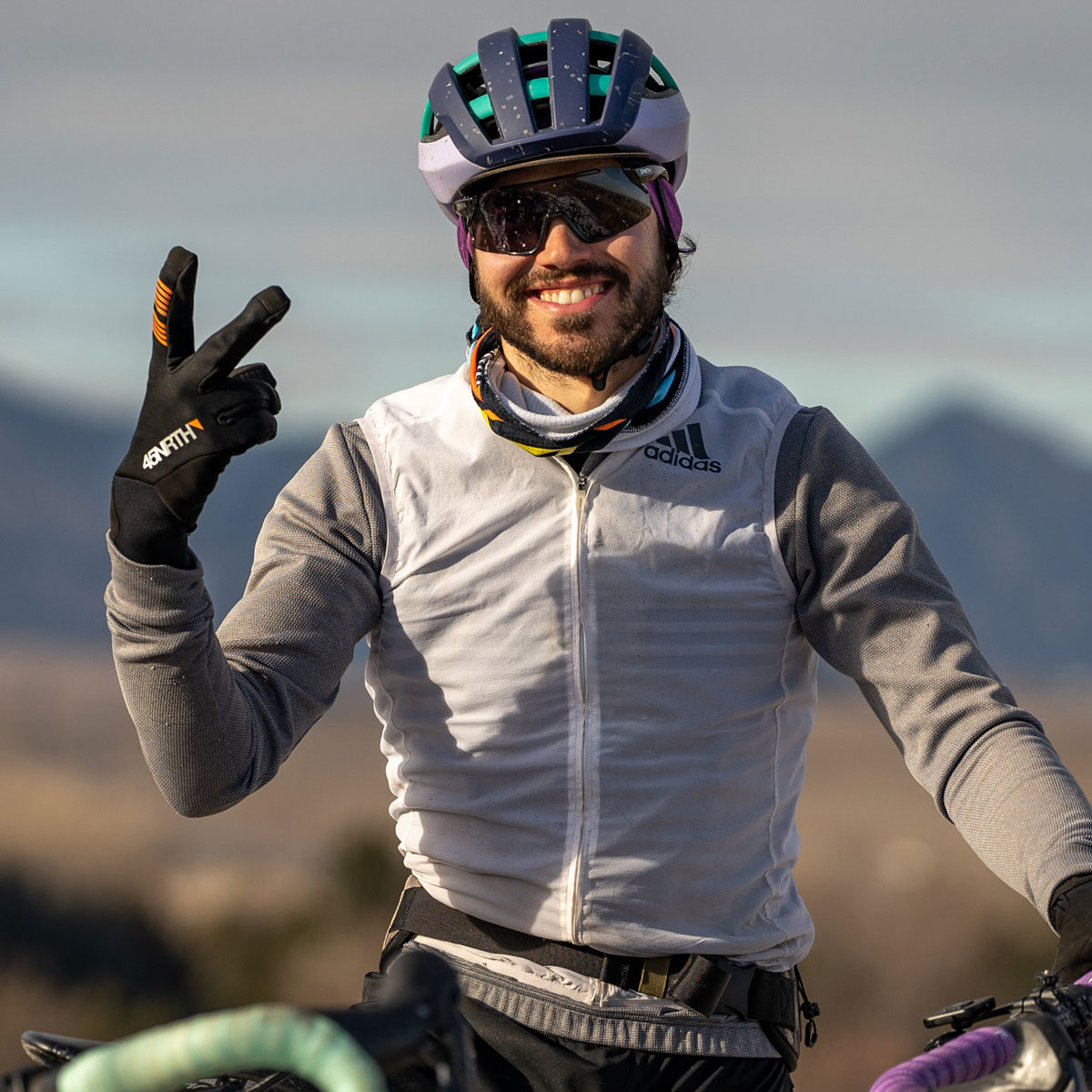

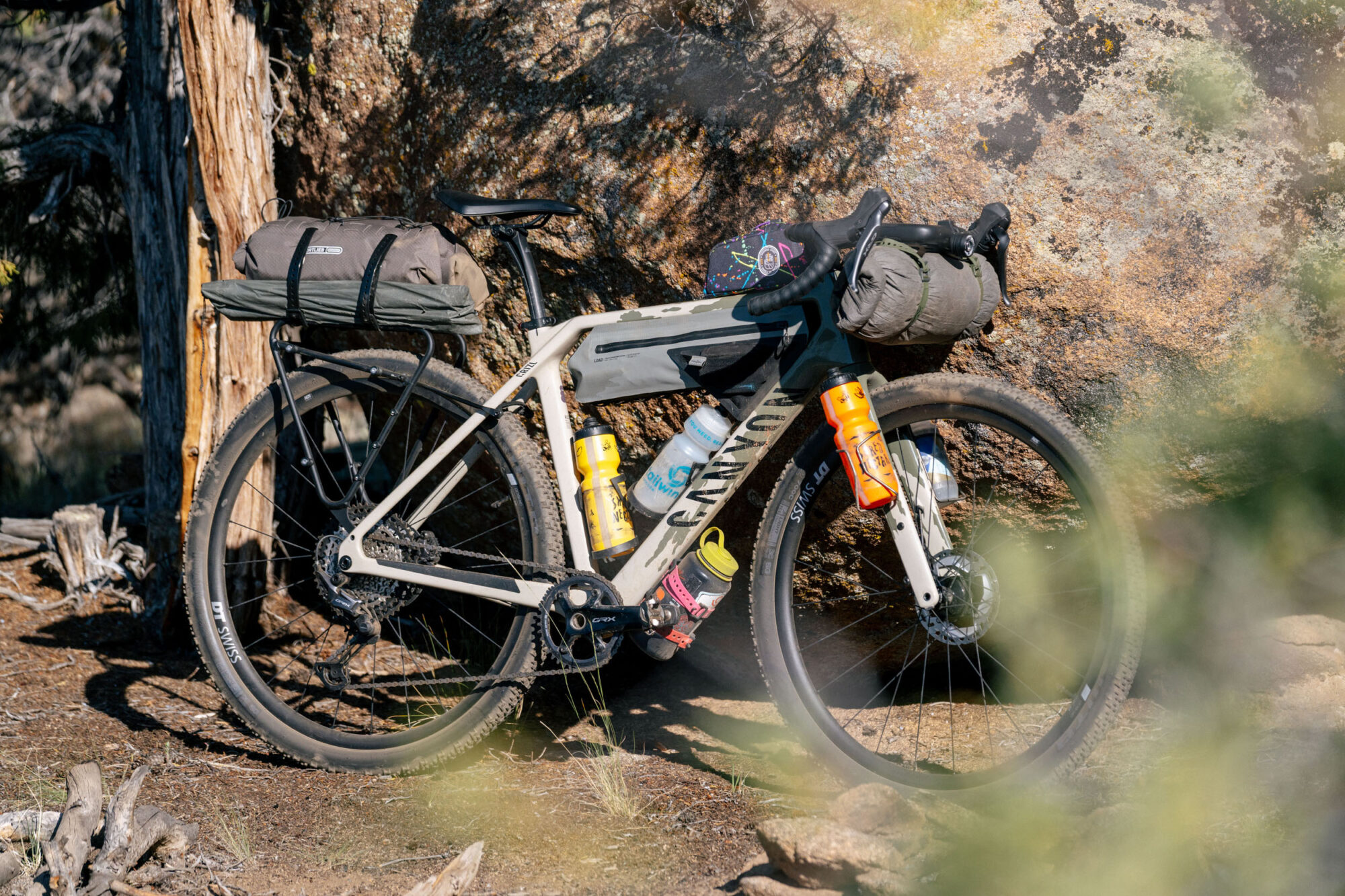
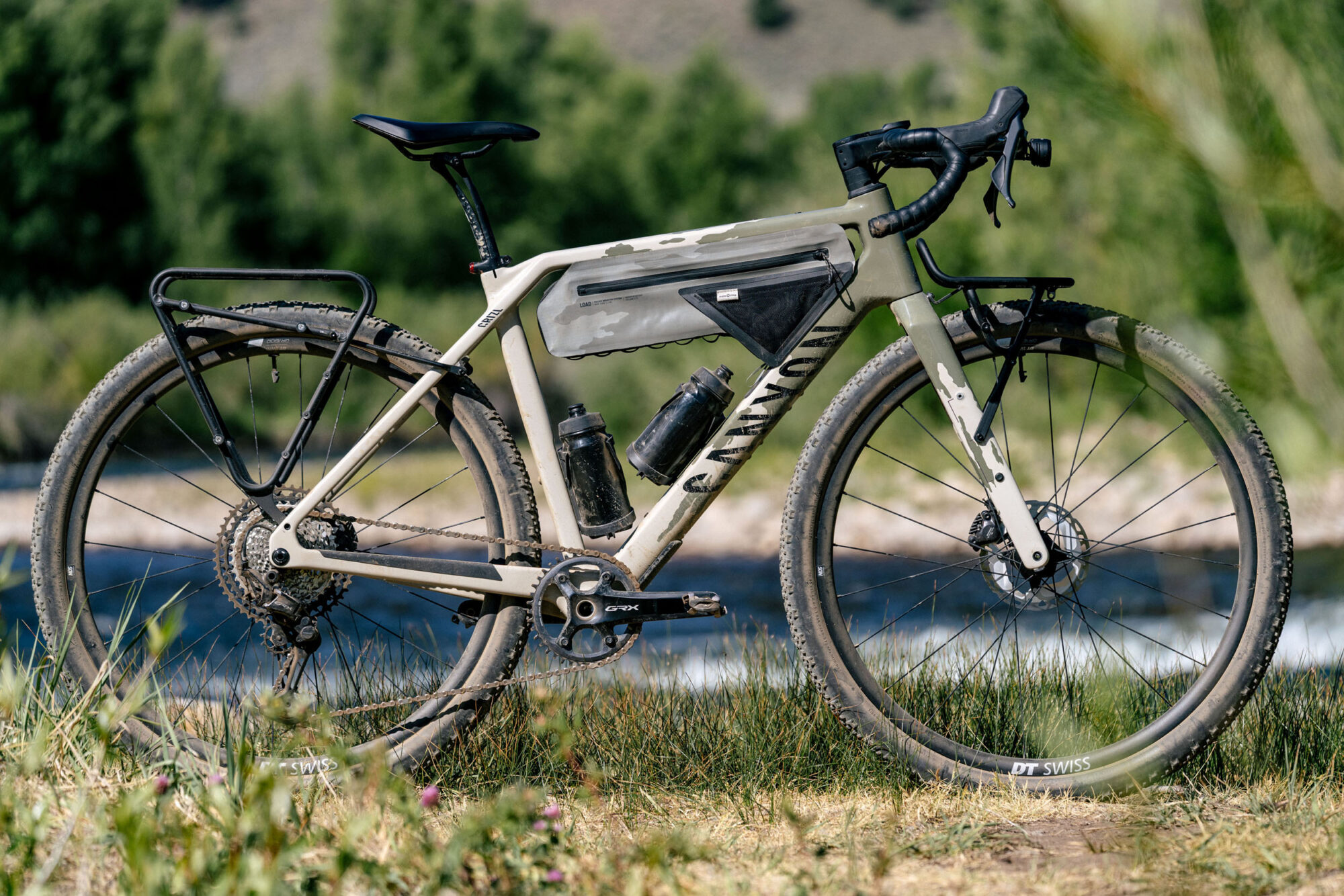
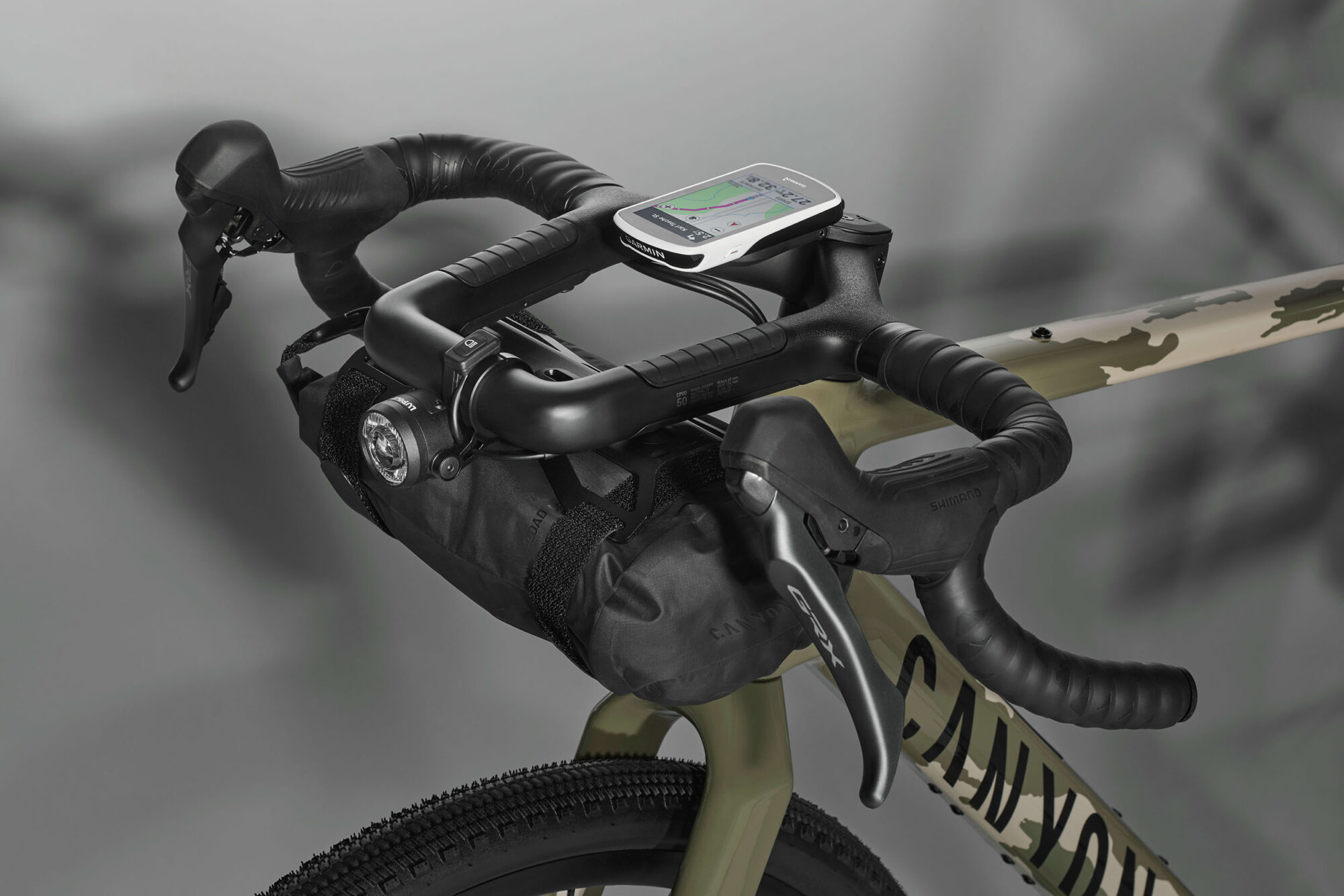

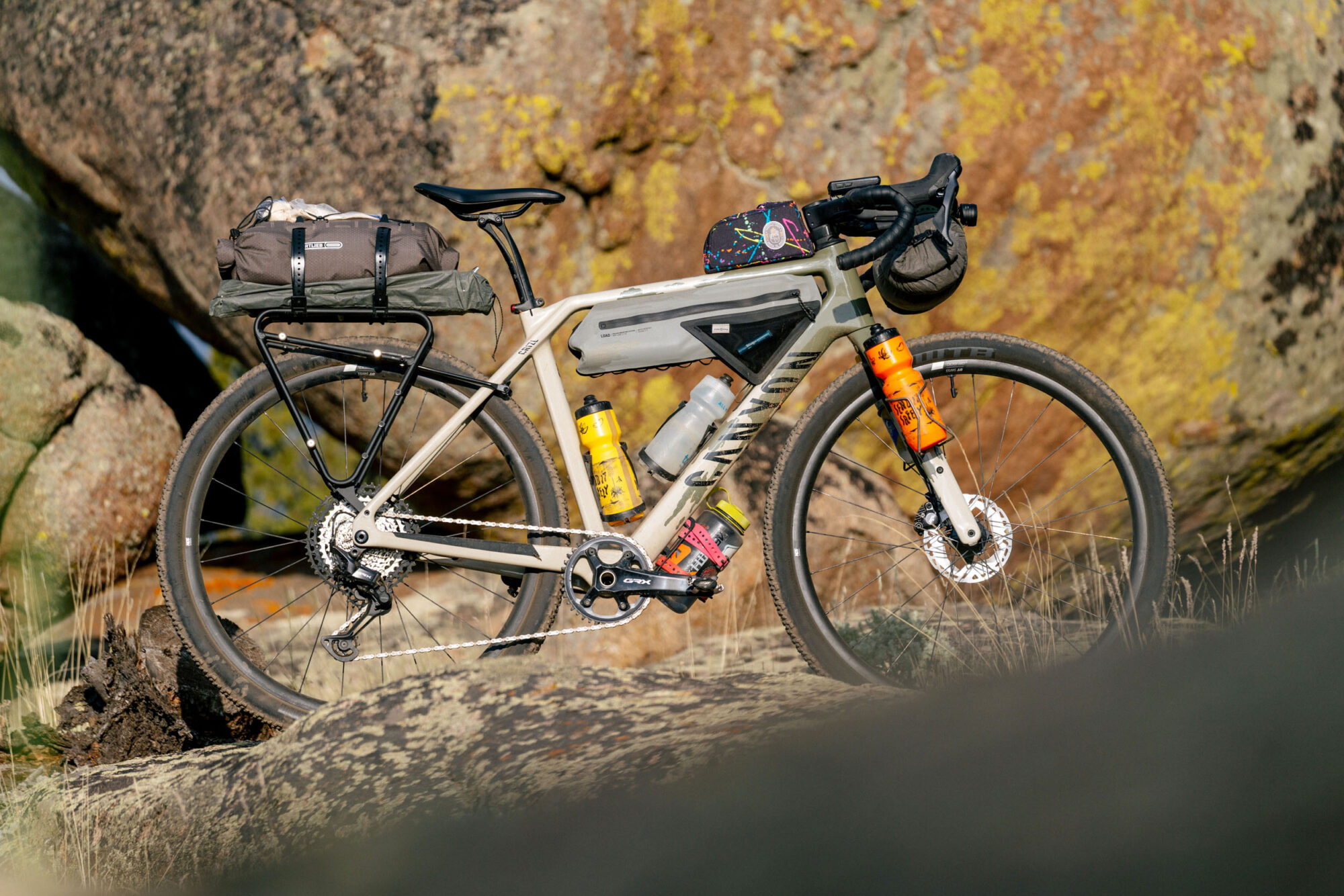

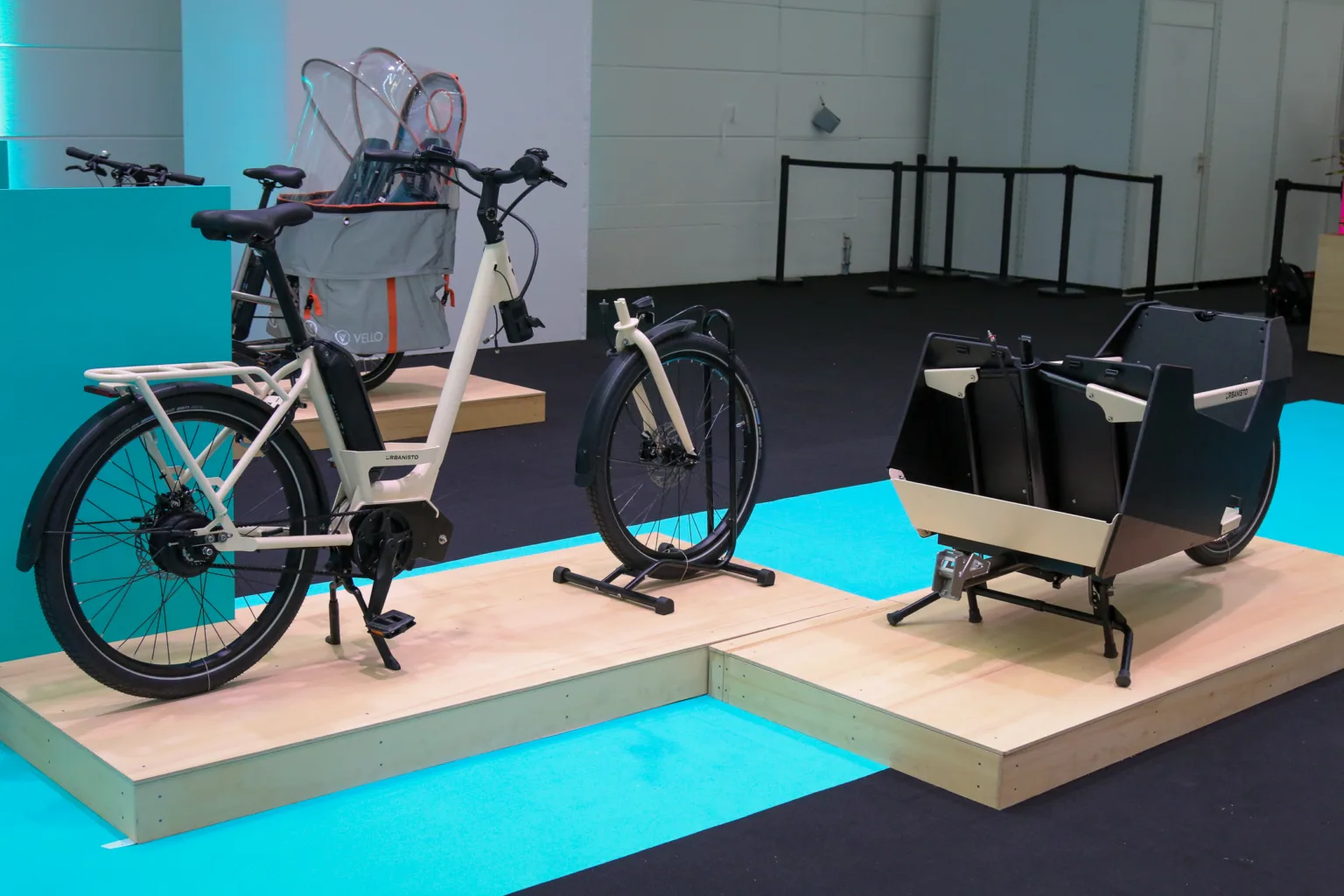

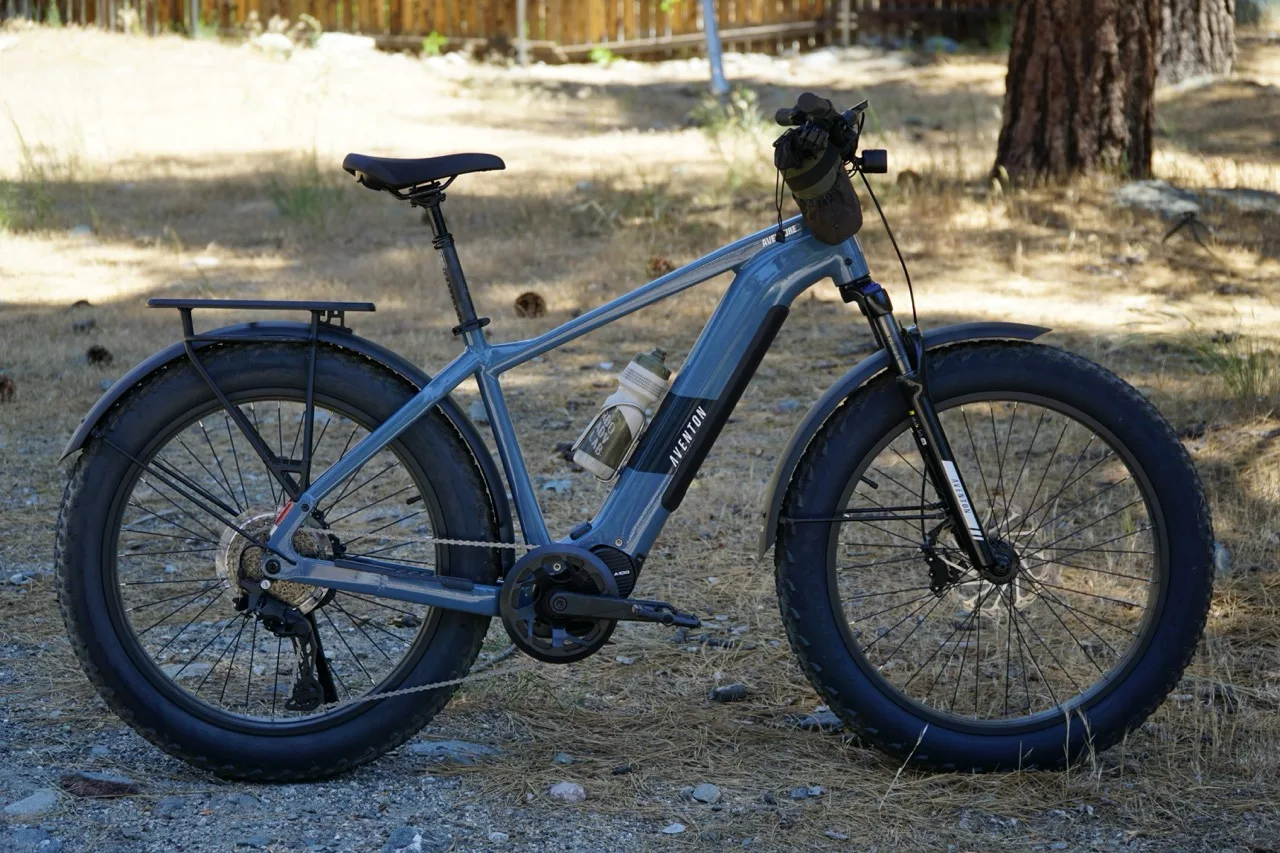
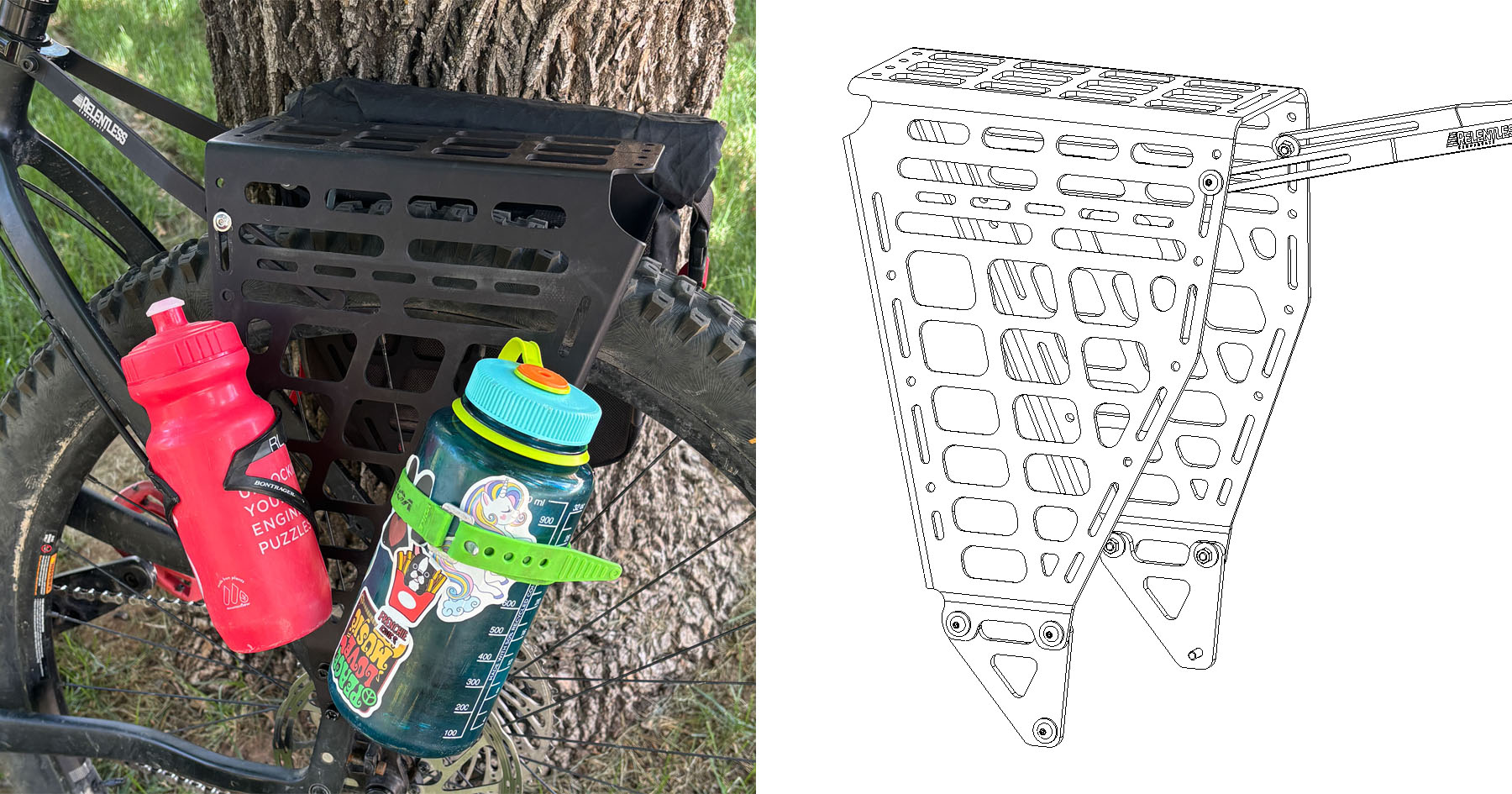
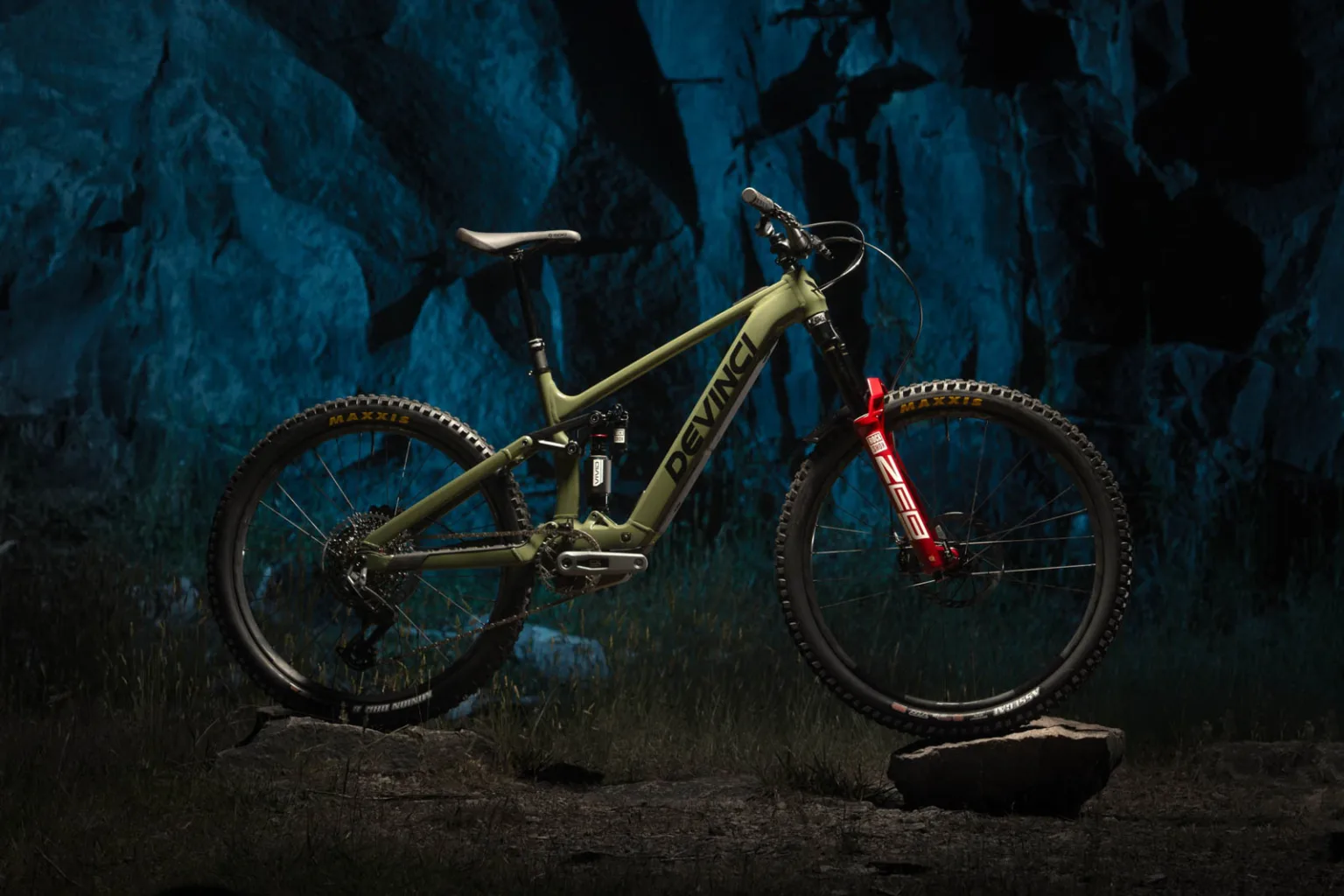

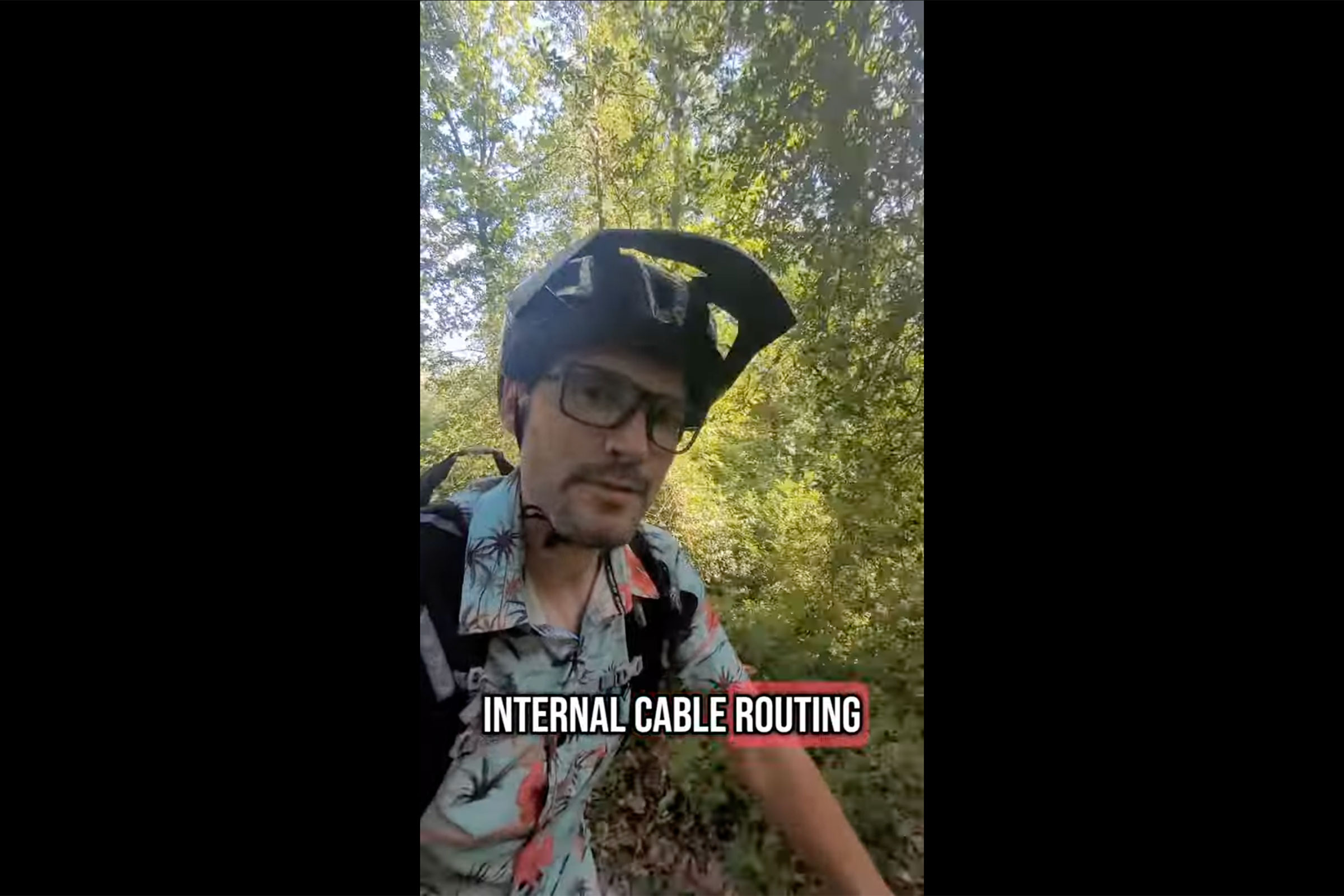


 English (US) ·
English (US) ·  French (CA) ·
French (CA) ·  French (FR) ·
French (FR) ·